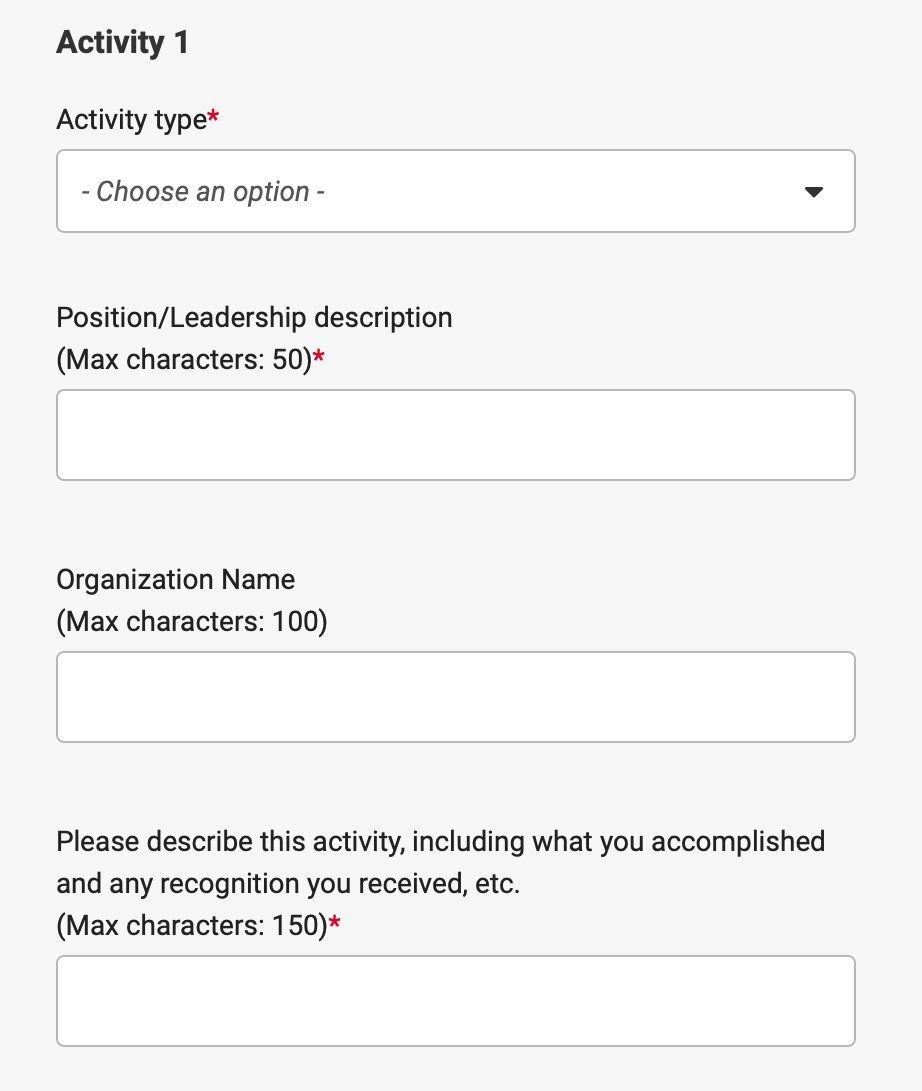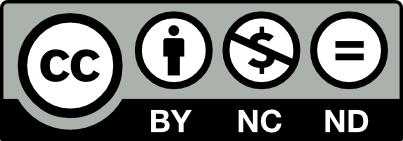This page is licensed under Creative Commons under Attribution 4.0 International. Anyone can share content from this page, with attribution and link to College MatchPoint requested.
Get in touch
The 5 Most Common Mistakes in the Activity Descriptions of the Common App and How to Avoid Them
The Activities section of the Common App is more than just a list—it’s a chance to show colleges who you are beyond your grades and test scores. By avoiding these common mistakes and focusing on clear, impactful descriptions, you can ensure this part of your application truly shines. Remember, admissions officers read thousands of applications, so make your activities stand out by being specific, highlighting leadership, and demonstrating the impact you’ve made in your community—all within those 150 precious characters.

When filling out the Activities section of the Common Application, many students find themselves puzzled over how to best present their extracurricular involvement. This section, which allows you to showcase your passions, leadership, and commitments outside of the classroom, is a golden opportunity to make a lasting impression on college admissions officers. However, with a strict limit of 150 characters per activity description, it can be challenging to include all the necessary details, accomplishments, and honors. Unlike a word count, where you might have some flexibility, every character counts here—so running out of space is a common issue. To help you maximize this section, here are the five most common mistakes students make in the Activity Descriptions—and tips on how to avoid them.
1. Being Too Vague
Mistake: Some students provide generic descriptions that don't fully capture the impact or specifics of their activities. Phrases like "Helped with fundraising events" or "Participated in community service" are common, but they lack the detail that makes an activity stand out.
How to Avoid: Be specific and concise about what you did and the outcomes. For example:
- Instead of: "Helped with fundraising events."
- Try: "Led team to raise $5K for local shelters via community bake sales, auctions."
2. Not Highlighting Leadership Roles
Mistake: Many students overlook their leadership roles or fail to emphasize them adequately. Even if your title wasn’t “President” or “Captain,” your actions might have demonstrated leadership qualities.
How to Avoid: Emphasize your leadership and initiative. For example:
- Instead of: "Worked on school newspaper."
- Try: "As editor, revamped layout, doubled readership, trained 5 new writers."
3. Overloading on Jargon or Technical Terms
Mistake: Students sometimes use jargon, acronyms, or technical language that might not be easily understood by someone outside of that specific activity or field. This can make the description confusing or inaccessible to readers.
How to Avoid: Use clear language and, if necessary, briefly explain terms. For example:
- Instead of: "Led DECA SCDC team to state finals."
- Try: "Led DECA (business club) team to state finals, 2nd place in marketing."
4. Focusing on Quantity Over Quality
Mistake: Some students feel pressured to list as many activities as possible, even if it means including less meaningful or one-time involvements. This can dilute the overall impact of your application and make it harder for admissions officers to identify your true passions.
How to Avoid: Focus on the most impactful activities and describe them well. For example:
- Instead of: "Member of 10 clubs, participated in events."
- Try: "Key Club VP, organized 3 blood drives, 200+ pints collected."
5. Neglecting the Impact or Results
Mistake: Students sometimes fail to mention the impact or results of their participation, focusing only on the tasks they performed. This can make the description seem less impressive or consequential.
How to Avoid: Whenever possible, quantify your impact or describe the outcomes. For example:
- Instead of: "Tutored students in math."
- Try: "Tutored 10 students weekly, improving grades by an average of 20%."

Subscribe
Sign up with your email address to receive news and updates.

